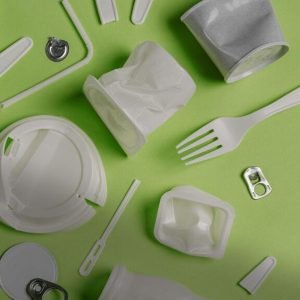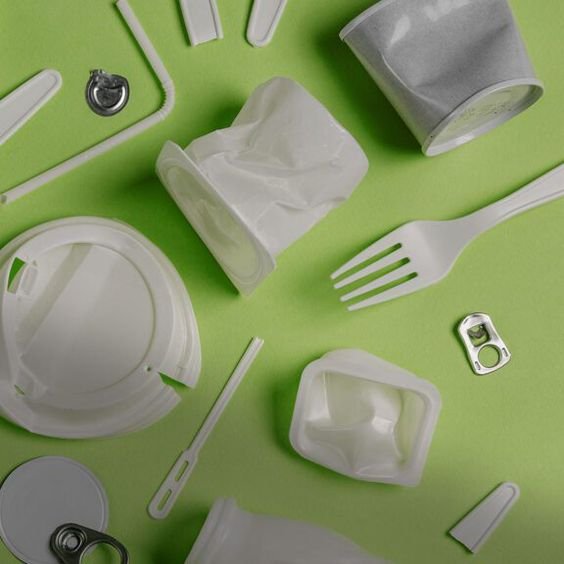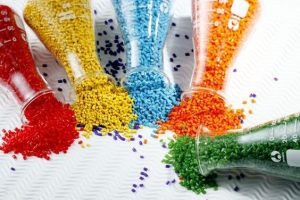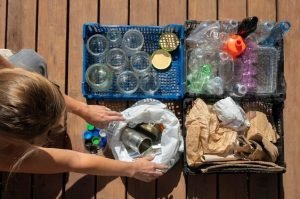How to Responsibly Dispose of Polypropylene (PP) Food Containers
Introduction to Polypropylene (PP) Food Containers
What is polypropylene?
Polypropylene, commonly known as PP, is a thermoplastic polymer widely used in a variety of applications due to its durability, resistance to heat, and versatility. It is often found in food containers, packaging, automotive parts, and textiles. PP is identified by the recycling code ‘5’ and is valued for its ability to withstand repeated use and high temperatures.
Common Uses of PP Food Containers
PP food containers are popular due to their strength, lightweight nature, and resistance to chemicals and heat. They are commonly used for microwaveable containers, yogurt tubs, straws, and bottle caps. These containers are a staple in households and food service industries for their practicality and convenience.
Environmental Impact of PP Food Containers
Why Proper Disposal is Important
Improper disposal of PP food containers can lead to environmental pollution, as these plastics can take hundreds of years to decompose. When not recycled properly, they contribute to the growing problem of plastic waste in landfills and oceans, harming wildlife and ecosystems.
Comparing PP to Other Plastics
Compared to other plastics, PP has a relatively lower environmental footprint during production. However, like all plastics, it poses significant disposal challenges. While some plastics like PET (Polyethylene Terephthalate) are more commonly recycled, PP recycling rates are lower due to its widespread use in mixed-material products and contamination issues.
Recycling Polypropylene: The Process Explained
Steps Involved in Recycling PP Containers
Recycling PP containers involves several key steps:
1. Collection: Gathering used PP containers from households, businesses, and recycling bins.
2. Sorting: Separating PP containers from other types of plastics and contaminants.
3. Cleaning: washing containers to remove food residue and other impurities.
4. Shredding: Breaking down the cleaned PP into small flakes or pellets.
5. Processing: Melting and reforming PP flakes into new products.
Challenges in Recycling Polypropylene
Recycling PP is challenging due to contamination from food residues, the presence of additives, and the difficulty in sorting PP from other plastics. These issues can reduce the quality of recycled PP and increase the cost of recycling, making it less economically viable.
How to Dispose of PP Food Containers Responsibly
Identifying PP Containers
PP containers can be identified by the recycling code ‘5’ typically found on the bottom of the container. Recognizing this symbol is the first step towards responsible disposal.
Preparation for Recycling: Cleaning and Sorting
To ensure PP containers are recycled efficiently:
1. Rinse thoroughly. Remove all food residues and liquids.
2. Remove Labels: If possible, peel off any labels or stickers.
3. Sort by Type: Separate PP containers from other recyclables.
Alternatives to Disposable PP Food Containers
Reusable Food Containers
Switching to reusable food containers made from materials like glass, stainless steel, or silicone can significantly reduce plastic waste. These alternatives are durable, easy to clean, and do not leach chemicals into food.
Biodegradable and Compostable Options
Consider using biodegradable or compostable containers made from materials such as cornstarch, sugarcane, or bamboo. These options break down more easily in the environment, reducing long-term pollution.
Consumer Tips for Reducing Plastic Waste
Choosing Sustainable Packaging
Opt for products with minimal or sustainable packaging. Look for items packaged in recyclable, compostable, or reusable materials. Support brands that prioritize eco-friendly packaging solutions.
Supporting Recycling Initiatives
Participate in local recycling programs and initiatives. Stay informed about recycling guidelines in your area and advocate for improved recycling infrastructure and policies.
Conclusion
Proper disposal of PP food containers is crucial to mitigating their environmental impact. Understanding the recycling process and challenges associated with PP can help consumers make informed decisions. Exploring alternatives and adopting sustainable practices are essential steps toward reducing plastic waste.



